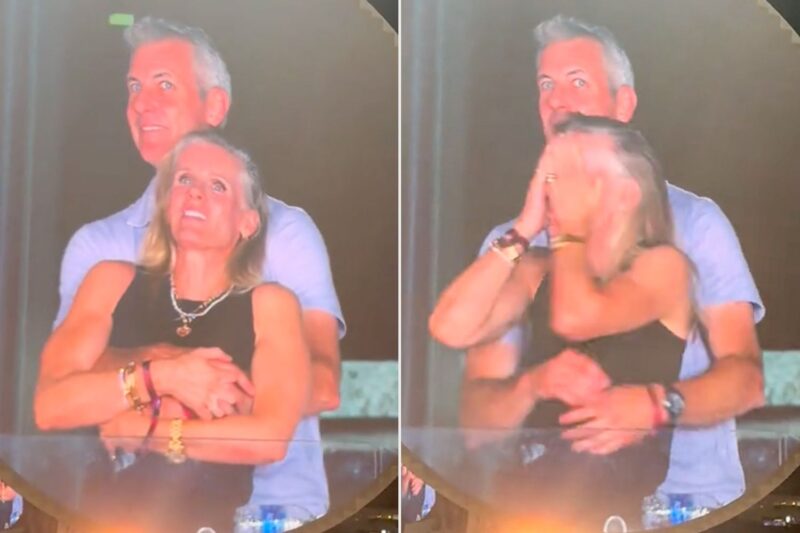Coldplaygate wasn’t just a scandal, it was a brand audit
Coldplaygate showed how fast brands can move and how quickly they can forget who they are. When a viral scandal becomes a marketing moment, the question isn’t ‘can we post’, it’s ‘should we?’ Ruth Haffenden, Australian chief marketing officer at Flying Tiger Copenhagen, explores.
It had all the makings of a viral sensation: Coldplay, a kiss cam, and a scandal no one could look away from. But is every viral hit really fair game for brands?
As marketers rushed to join the conversation, it raised a bigger question: What happens when engagement comes at the expense of empathy? What began as a meme quickly surfaced a deeper discomfort – how easily brand behaviour can drift from brand values when the pressure to stay relevant takes over.



It’s ironic how many people in media/creative are celebrating this ‘cultural’ moment considering how much inter-office extra curricular activity happens in the industry.
the most reliable thing in these uncertain times is the ‘viral moment to what this means for your brand mumbrella post’ pipeline.
It’s like the obsession with true crime, it launches so far into the arena of entertainment that people and marketers forget there are actual humans in the sidelines.
Like hur hur social teams high-fiving each other because they made funny but zero consideration for the tact of it all.
Sure, maybe a PDA isn’t the place for a covert affair, but this pile on and brands all getting on the gag is just kinda gross.
Comedy equals tragedy plus time;
The kiss cam is only supposed to be for the enjoyment of the people at the game. They never show that on TV. What people do in the privacy of their own sports arena should be their own business.